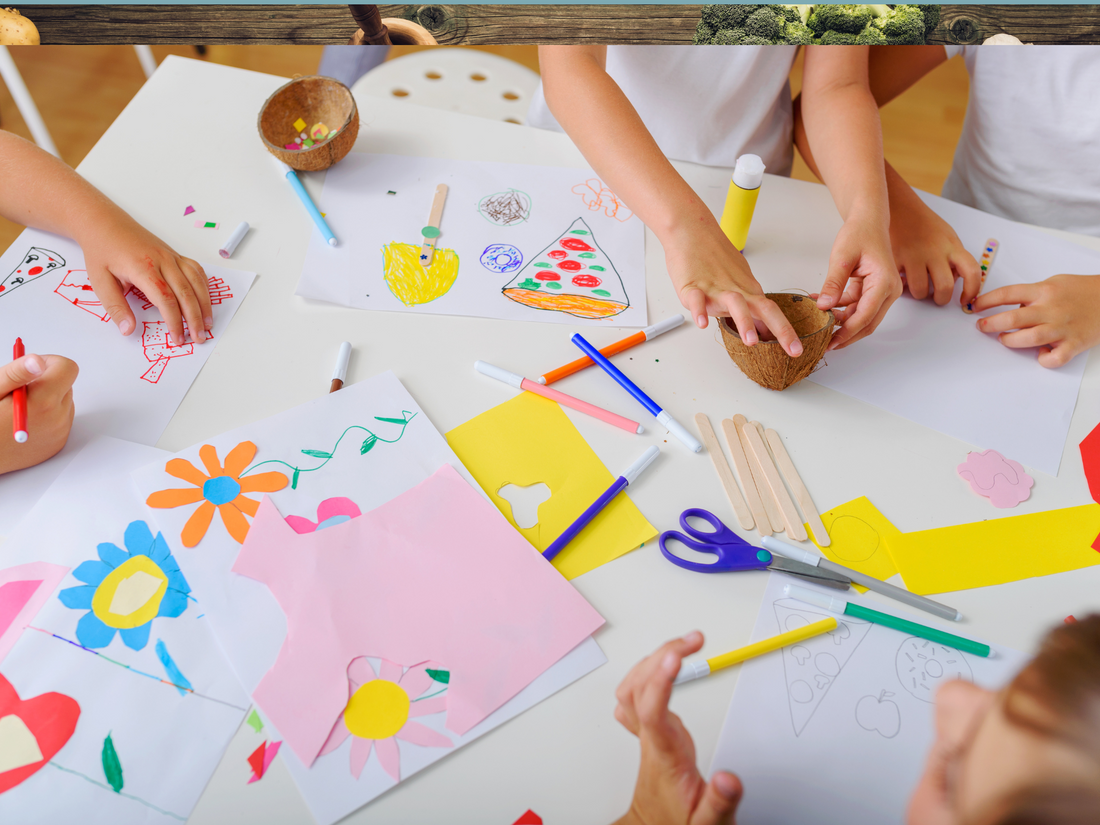Classrooms should be spaces where every child feels valued, understood, and safe. Here's how educators and caregivers can help build equitable and inclusive learning spaces for kids:
Celebrate Diversity as a Strength
Recognize and celebrate diversity as one of the classroom's greatest assets. This means going beyond mere acknowledgment and basic representation to actively incorporating diverse cultures, languages, perspectives, and histories into the curriculum and everyday learning experiences. By doing so, children see their own identities reflected and valued in their learning environment. Children also see, learn about, and learn to value other experiences and identities.
Ensure Equitable Access
Equity in education is about tailoring learning experiences to meet the unique needs of each student. This can feel impossible as a busy teacher with a full class of kids with different needs, but even small adjustments can make a big impact here. In what ways can you offer students alternative options for how they express and complete their projects? Can you keep an eye out for challenges that some students might be facing? Sometimes, it's as simple as asking kids what they need to feel more supported in the classroom. This might involve differentiated instruction, providing various tools and resources to support diverse learning styles, or adjusting the classroom layout to be physically accessible to all students. Every decision, from curriculum design to classroom management, can be considered to move toward equity and inclusivity.
Build a Culture of Respect and Belonging
A just and inclusive environment is one where every student feels safe to express themselves. This requires intentional efforts to cultivate a culture of respect, empathy, and understanding. Establish clear norms and expectations that prioritize kindness and inclusivity, and ensure that all students have the opportunity to be heard and valued in the classroom.
Challenge Biases and Encourage Critical Thinking
Educators play a crucial role in helping students question and challenge biases, stereotypes, and injustices. This can be achieved by encouraging critical thinking, facilitating open discussions, and providing opportunities for students to explore social justice issues. By equipping students with the tools to think critically about the world around them, we empower them to become thoughtful, informed, and compassionate individuals.
Promote Collaborative Learning Experiences
Collaboration fosters understanding and appreciation of diversity. Design learning activities that require students to work together, share their perspectives, and value each other’s contributions. Collaborative projects not only enhance academic learning but also build social skills, respect for diversity, and a sense of community among students.
Engage Families and Communities
A truly inclusive learning environment extends beyond the classroom walls. Engaging with families and communities enriches the learning experience and bridges gaps between diverse cultures. Inviting family members to share their traditions, languages, or stories with students can deepen understanding and respect for different backgrounds. All families have value to contribute to their student's learning space.
Regularly Evaluate and Adapt Practices
Creating a just and inclusive learning environment is an ongoing process. Don't expect it to happen overnight! Regular reflection and assessment of classroom practices, policies, and cultures can help identify areas for improvement. Take one step at a time. Asking for feedback from students, families, and colleagues can provide valuable insights and guide the continuous evolution of the learning environment.
Building a just and inclusive learning environment is an essential and ongoing project. It requires a commitment to celebrating diversity, ensuring equity, and fostering a sense of belonging and respect among all students. By implementing these strategies, educators and caregivers can create spaces where every child is empowered to learn, grow, and succeed, not just academically but as empathetic and socially responsible citizens.
Ready to be part of something bigger?
Join the Little Justice Leaders community. Together, we're creating a space where educators and parents can learn together, grow, and help build a movement to create a generation of changemakers.
Embrace the challenges, celebrate the wins, and remember that every step you take in social justice education is a step toward a brighter, more inclusive future. Your voice and experiences are vital in shaping the next generation. So, keep those conversations going, and let's continue changing the world, one conversation at a time!
To get access to tons of free resources and connect with other like-minded educators and families, join the Little Justice Leaders community.
